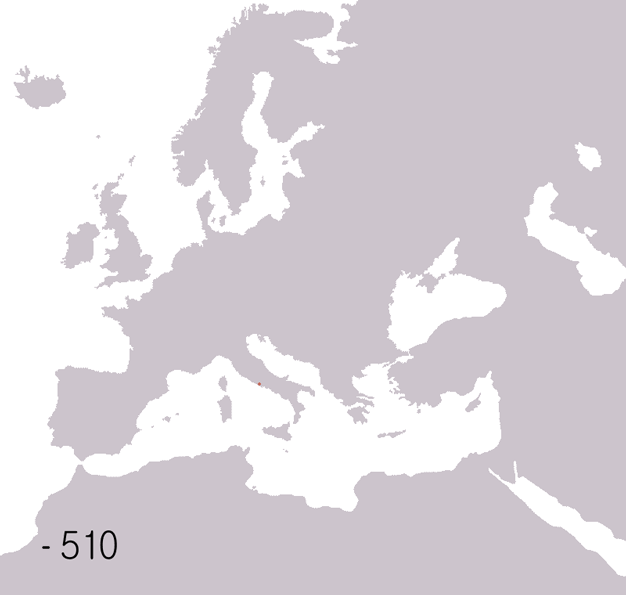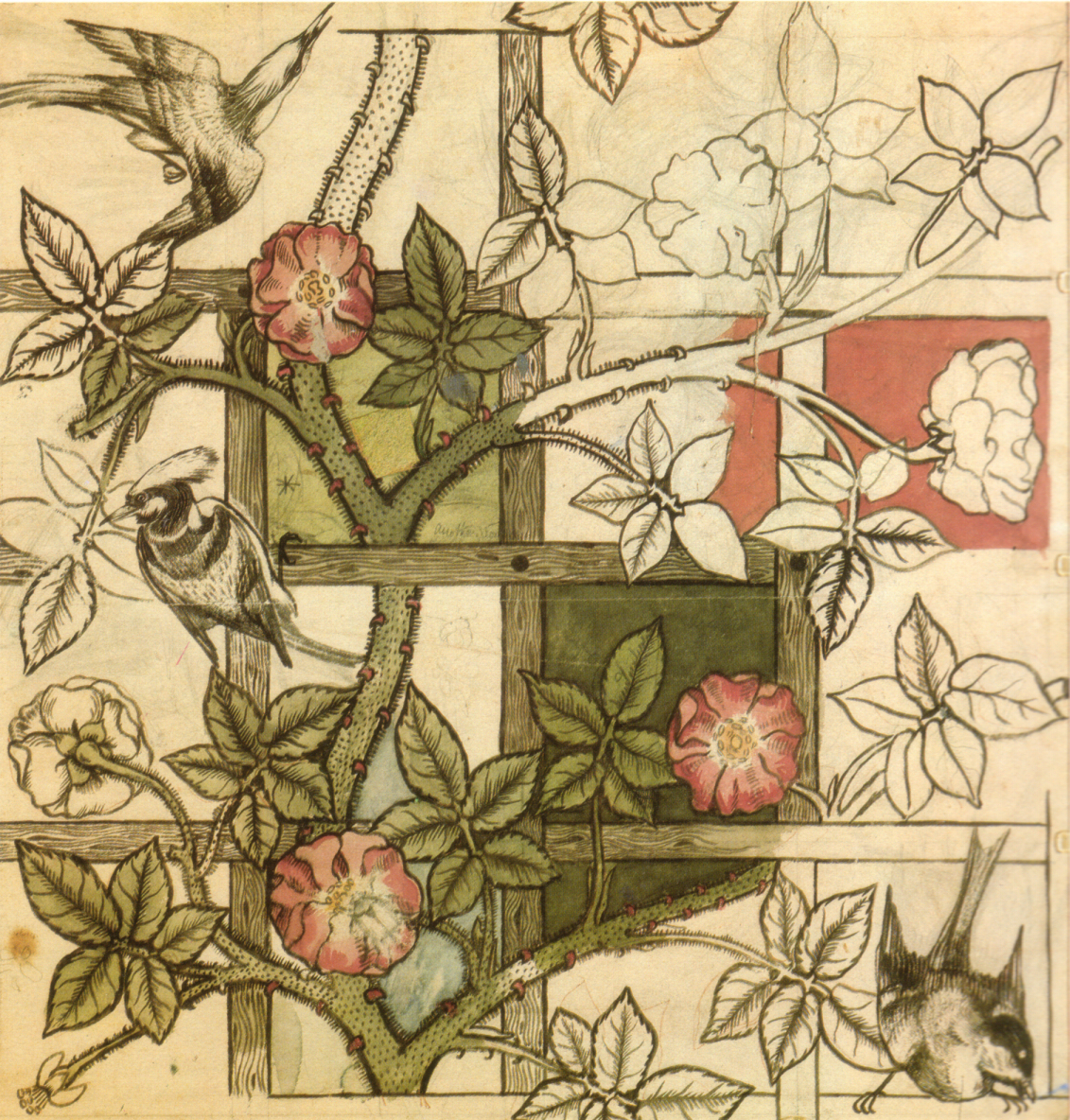|
Medievalism
Medievalism is a system of belief and practice inspired by the Middle Ages of Europe, or by devotion to elements of that period, which have been expressed in areas such as architecture, literature, music, art, philosophy, scholarship, and various vehicles of popular culture. Since the 17th century, a variety of movements have used the medieval period as a model or inspiration for creative activity, including Romanticism, the Gothic revival, the Pre-Raphaelite and Arts and Crafts movements, and neo-medievalism (a term often used interchangeably with ''medievalism''). Historians have attempted to conceptualize the history of non-European countries in terms of medievalisms, but the approach has been controversial among scholars of Latin America, Africa, and Asia. Renaissance to Enlightenment In the 1330s, Petrarch expressed the view that European culture had stagnated and drifted into what he called the "''Dark Ages''", since the fall of Rome in the fifth century, owing to amon ... [...More Info...] [...Related Items...] OR: [Wikipedia] [Google] [Baidu] |
Neo-medievalism
Neo-medievalism (or neomedievalism, new medievalism) is a term with a long history that has acquired specific technical senses in two branches of scholarship. In political theory about modern international relations, where the term is originally associated with Hedley Bull, it sees the political order of a globalized world as analogous to high-medieval Europe, where neither states nor the Church, nor other territorial powers, exercised full sovereignty, but instead participated in complex, overlapping and incomplete sovereignties.Stephen J. Kobrin"Back to the Future: Neomedievalism and the Postmodern Digital World Economy" In literary theory regarding the use and abuse of texts and tropes from the Middle Ages in postmodernity, the term ''neomedieval'' was popularized by the Italian medievalist Umberto Eco in his 1983 essay "Dreaming of the Middle Ages".Umberto Eco, "Dreaming of the Middle Ages," in ''Travels in Hyperreality'', transl. by W. Weaver, NY: Harcourt Brace, 1986, ... [...More Info...] [...Related Items...] OR: [Wikipedia] [Google] [Baidu] |
Dark Ages (historiography)
The ''Dark Ages'' is a term for the Early Middle Ages (–10th centuries), or occasionally the entire Middle Ages (–15th centuries), in Western Europe after the fall of the Western Roman Empire, which characterises it as marked by economic, intellectual, and cultural decline. The concept of a "Dark Age" as a historiographical periodization originated in the 1330s with the Italian scholar Petrarch, who regarded the post-Roman centuries as "dark" compared to the "light" of classical antiquity.. Reprinted from: The term employs traditional black-and-white dualism, light-versus-darkness imagery to contrast the era's supposed ''darkness'' (ignorance and error) with earlier and later periods of ''light'' (knowledge and understanding). The phrase ''Dark Age(s)'' itself derives from the Latin ''saeculum obscurum'', originally applied by Caesar Baronius in 1602 when he referred to a tumultuous period in the 10th and 11th centuries. The concept thus came to characterize the entire Middle ... [...More Info...] [...Related Items...] OR: [Wikipedia] [Google] [Baidu] |
Petrarch
Francis Petrarch (; 20 July 1304 – 19 July 1374; ; modern ), born Francesco di Petracco, was a scholar from Arezzo and poet of the early Italian Renaissance, as well as one of the earliest Renaissance humanism, humanists. Petrarch's rediscovery of Cicero's letters is often credited with initiating the 14th-century Italian Renaissance and the founding of Renaissance humanism. In the 16th century, Pietro Bembo created the model for the modern Italian language based on Petrarch's works, as well as those of Giovanni Boccaccio, and, to a lesser extent, Dante Alighieri. Petrarch was later endorsed as a model for Italian style by the . Petrarch's sonnets were admired and imitated throughout Europe during the Renaissance and became a model for lyrical poetry. He is also known for being the first to develop the concept of the "Dark Ages (historiography), Dark Ages". [...More Info...] [...Related Items...] OR: [Wikipedia] [Google] [Baidu] |
Decline Of The Roman Empire
The fall of the Western Roman Empire, also called the fall of the Roman Empire or the fall of Rome, was the loss of central political control in the Western Roman Empire, a process in which the Empire failed to enforce its rule, and its vast territory was divided among several successor Polity, polities. The Roman Empire lost the strengths that had allowed it to exercise effective control over its Western Roman province, provinces; modern historians posit factors including the effectiveness and numbers of the Late Roman army, army, the health and numbers of the Roman population, the strength of the Roman economy, economy, the competence of the Roman emperor, emperors, the internal struggles for power, the religious changes of the period, and the efficiency of the civil administration. Increasing pressure from invading peoples outside Roman culture also contributed greatly to the collapse. Climate variability and change, Climatic changes and both Endemic (epidemiology), endemic ... [...More Info...] [...Related Items...] OR: [Wikipedia] [Google] [Baidu] |
Decline And Fall Of The Roman Empire
''The History of the Decline and Fall of the Roman Empire'', sometimes shortened to ''Decline and Fall of the Roman Empire'', is a six-volume work by the English historian Edward Gibbon. The six volumes cover, from 98 to 1590, the peak of the Roman Empire, the history of early Christianity and its emergence as the Roman state religion, the Fall of the Western Roman Empire, the rise of Genghis Khan and Tamerlane and the fall of Byzantium, as well as discussions on the ruins of Ancient Rome. Volume I was published in 1776 and went through six printings. Volumes II and III were published in 1781; volumes IV, V, and VI in 1788–1789. The original volumes were published in quarto sections, a common publishing practice of the time. Conception and writing Gibbon's initial plan was to write a history "''of the decline and fall of the ''city'' of Rome''", and only later expanded his scope to the whole Roman Empire. Although he published other books, Gibbon devoted ... [...More Info...] [...Related Items...] OR: [Wikipedia] [Google] [Baidu] |
Arts And Crafts Movement
The Arts and Crafts movement was an international trend in the decorative and fine arts that developed earliest and most fully in the British Isles and subsequently spread across the British Empire and to the rest of Europe and America. Initiated in reaction against the perceived impoverishment of the decorative arts and the conditions in which they were produced, the movement flourished in Europe and North America between about 1880 and 1920. Some consider that it is the root of the Modern Style, a British expression of what later came to be called the Art Nouveau movement. Others consider that it is the incarnation of Art Nouveau in England. Others consider Art and Crafts to be in opposition to Art Nouveau. Arts and Crafts indeed criticized Art Nouveau for its use of industrial materials such as iron. In Japan, it emerged in the 1920s as the Mingei movement. It stood for traditional craftsmanship, and often used medieval, romantic, or folk styles of decoration. It advoca ... [...More Info...] [...Related Items...] OR: [Wikipedia] [Google] [Baidu] |
Modern World
The modern era or the modern period is considered the current historical period of human history. It was originally applied to the history of Europe and Western history for events that came after the Middle Ages, often from around the year 1500, like the Reformation in Germany giving rise to Protestantism. Since the 1990s, it has been more common among historians to refer to the period after the Middle Ages and up to the 19th century as the early modern period. The modern period is today more often used for events from the 19th century until today. The time from the end of World War II (1945) can also be described as being part of contemporary history. The common definition of the modern period today is often associated with events like the French Revolution, the Industrial Revolution, and the transition from nationalism toward the liberal international order. The modern period has been a period of significant development in the fields of science, politics, warfare, and techno ... [...More Info...] [...Related Items...] OR: [Wikipedia] [Google] [Baidu] |
Protestant Reformation
The Reformation, also known as the Protestant Reformation or the European Reformation, was a time of major theological movement in Western Christianity in 16th-century Europe that posed a religious and political challenge to the papacy and the authority of the Catholic Church. Towards the end of the Renaissance, the Reformation marked the beginning of Protestantism. It is considered one of the events that signified the end of the Middle Ages and the beginning of the early modern period in Europe. The Reformation is usually dated from Martin Luther's publication of the '' Ninety-five Theses'' in 1517, which gave birth to Lutheranism. Prior to Martin Luther and other Protestant Reformers, there were earlier reform movements within Western Christianity. The end of the Reformation era is disputed among modern scholars. In general, the Reformers argued that justification was based on faith in Jesus alone and not both faith and good works, as in the Catholic view. In the ... [...More Info...] [...Related Items...] OR: [Wikipedia] [Google] [Baidu] |
Relic
In religion, a relic is an object or article of religious significance from the past. It usually consists of the physical remains or personal effects of a saint or other person preserved for the purpose of veneration as a tangible memorial. Relics are an important aspect of some forms of Buddhism, Christianity, Islam, shamanism, and many other religions. ''Relic'' derives from the Latin ''reliquiae'', meaning "remains", and a form of the Latin verb ''relinquere'', to "leave behind, or abandon". A reliquary is a shrine that houses one or more religious relics. In classical antiquity In ancient Greece, a polis, city or Greek temple, sanctuary might claim to possess, without necessarily displaying, the remains of a venerated hero as a part of a Greek hero cult, hero cult. Other venerable objects associated with the hero were more likely to be on display in sanctuaries, such as spears, shields, or other weaponry; chariots, ships or Figurehead (object), figureheads; furniture such a ... [...More Info...] [...Related Items...] OR: [Wikipedia] [Google] [Baidu] |
Age Of Enlightenment
The Age of Enlightenment (also the Age of Reason and the Enlightenment) was a Europe, European Intellect, intellectual and Philosophy, philosophical movement active from the late 17th to early 19th century. Chiefly valuing knowledge gained through rationalism and empiricism, the Enlightenment was concerned with a wide range of social and Politics, political ideals such as natural law, liberty, and progress, toleration and fraternity (philosophy), fraternity, constitutional government, and the formal separation of church and state. The Enlightenment was preceded by and overlapped the Scientific Revolution, which included the work of Johannes Kepler, Galileo Galilei, Francis Bacon, Pierre Gassendi, Christiaan Huygens and Isaac Newton, among others, as well as the philosophy of Descartes, Hobbes, Spinoza, Leibniz, and John Locke. The dating of the period of the beginning of the Enlightenment can be attributed to the publication of René Descartes' ''Discourse on the Method'' in 1 ... [...More Info...] [...Related Items...] OR: [Wikipedia] [Google] [Baidu] |
Periodization
In historiography, periodization is the process or study of categorizing the past into discrete, quantified, and named blocks of time for the purpose of study or analysis.Adam Rabinowitz.It's about time: historical periodization and Linked Ancient World Data. Institute for the Study of the Ancient World Papers, 2014. . This is usually done to understand current and historical processes, and the causality that might have linked those events. Periodizations can provide a convenient segmentation of time, wherein events within the period might consist of relatively similar characteristics. However, determining the precise beginning and ending of any 'period' is often arbitrary, since it has changed over time and over the course of history. Systems of periodization are more or less arbitrary, yet it provides a framework to help us understand them. Periodizing labels are continually challenged and redefined, but once established, period "brands" are so convenient that many are hard to ... [...More Info...] [...Related Items...] OR: [Wikipedia] [Google] [Baidu] |









